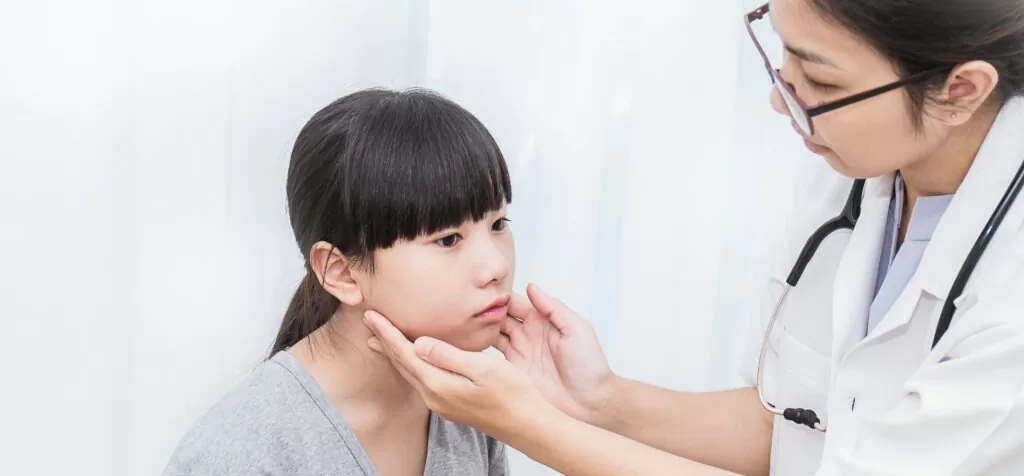
Human beings are many things: adventurers, explorers, nurturers, and discoverers, just to name a few. As such, we’re always looking to learn new things and explore the world around us. Thankfully, most of this exploration benefits mankind in some way. Whether it’s developing technologies like solar electricity to finding cures to debilitating diseases, research and exploration are how we make progress.
Recently, a team of researchers from the University of North Carolina Chapel Hill made another important discovery. The discovery of a bacteria in the oral cavity called s. Sputigena could be causing some major damage in the oral cavity. Here’s why.
In the University of North Carolina Chapel Hill study (which was funded by the NIH), the researchers examined the mouths of around 400 children. In the mouths of children with cavities present, researchers were able to identify about 16 different types of bacteria that were more prevalent in their mouths than in the mouths of children without cavities.
Of those 16 bacteria, researchers were further able to identify four bacteria to study. One of which is s. Mutans, a known culprit in causing cavities. The other three bacteria had not been studied regarding their roles in causing cavities.
What the researchers found was that these four bacteria can convert sugar to acid, and can thrive in that acidic environment. The three new bacteria could not produce biofilm on the teeth on their own, however when combined with the dangerous s. Mutans were all able to grow biofilm.
The biofilm grown with s. Mutans and s. Sputigena created the largest biofilms, and though s. Spugitena was not as dangerous alone as s. Mutans are alone, when the two bacteria are present together in the mouth, they cause much worse damage than either alone.
So, what does this mean? Well, researchers believe that if they can find a way to break the connection between these two bacteria, they can come up with a better way to prevent new cavities from forming!
For now, however, keep caring for your children’s teeth the old fashioned way: making sure they brush twice a day for two minutes each time, flossing their teeth at least once a day, and bringing them to the dentist at least twice per year for exams.
With these oral health tips in mind, you can help prevent cavities in children. To schedule your checkup, please contact Dr. Abelar’s office today!






